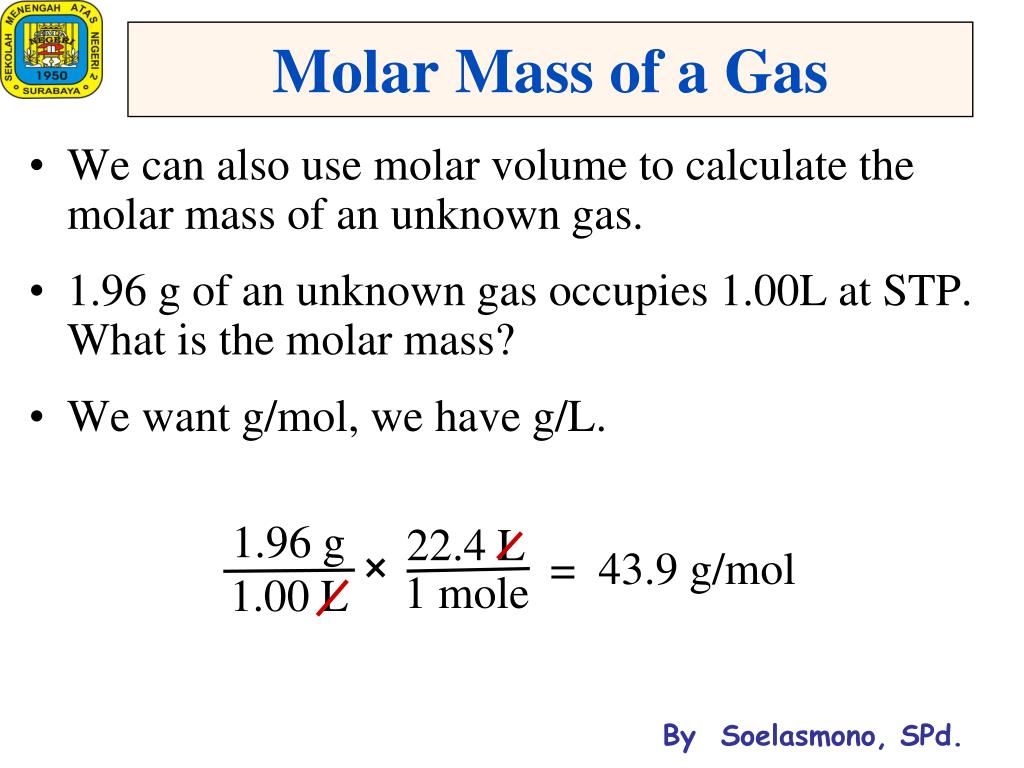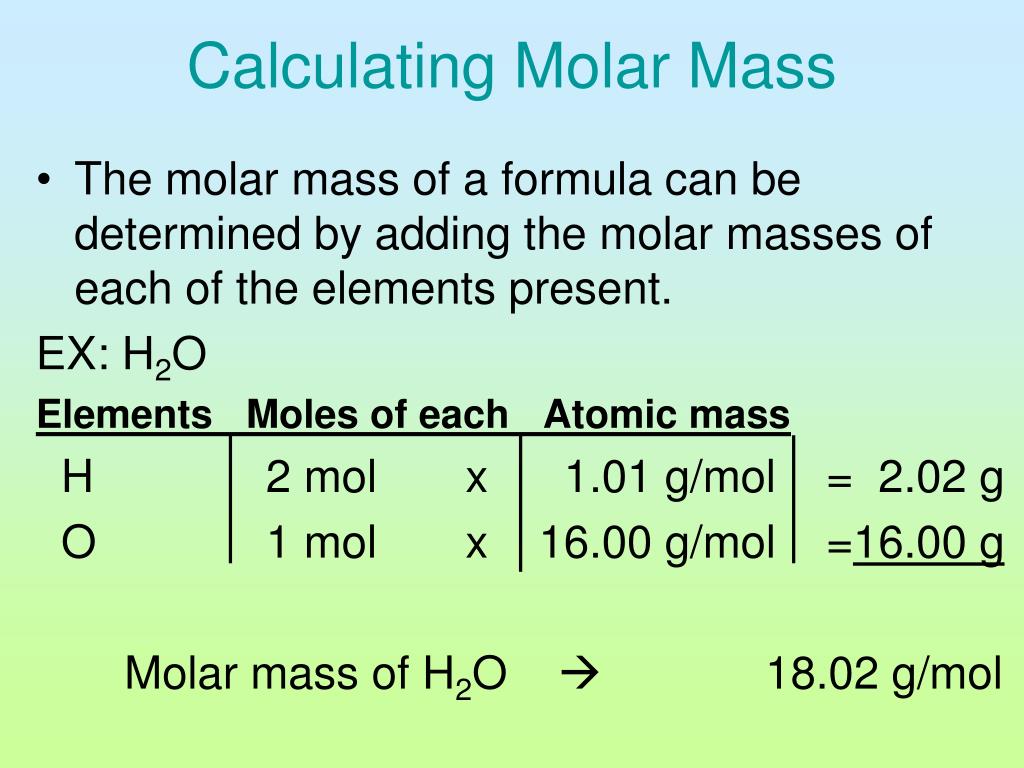

MOLER MASS FINDER PLUS
If your compound does contain subscripts, multiply the number of atoms of any element or chemical group with a subscript by the subscript value.įor example, the molar mass of iron chloride is (1 atom times 56 grams/mole iron) plus (2 atoms times 35.5 grams/mole chlorine) equals 127 grams/mole iron chloride. Step 4: Consider chemical compounds with subscripts If you're working with a chemical compound – a combination of elements – whose formula does not contain any subscripts, add the molar masses of each of the elements. Step 3: Consider chemical compounds without subscripts To find the molar mass of a diatomic element, multiply its atomic weight by two. As pure elements, they form molecules containing two atoms. Remember that seven elements – hydrogen, nitrogen, oxygen, fluorine, chlorine, bromine, and iodine, are diatomic elements. In grams, molar mass is numerically equal to the element's atomic weight in atomic mass units, which you can find on the periodic table of the elements. The molar mass of a chemical compound is the mass, in grams, of 1 mole of the substance.įind the molar mass of an element. You might need to know this in your everyday life but you will definitely need this in a chemistry class. You are able to calculate the molar mass for a compound using the periodic table and the amount of compound involved. Experimental data can be pasted and overlaid with the calculated distribution within mass spectra window but no similarity scores are given here.It's time for science.You can compare different isotopic distributions (custom, clicked and hover structures).Possible corresponding structures published in Pubchem highlighted in green can be viewed by clicking on the database icon.


Define the FWHM ( 0 for centroid spectum).Use the unsaturation filters if needed.Define the range of atoms that should be explored.You can use several charges separated by a comma “,” Specify charges and adduts for ionization.First write the target observed monoisotopic mass.Just remember that the monoisotopic mass is not always neither the most abundant peak of the isotopic distribution nor the one with the lowest mass.

This tool allows finding possible molecular formula for a measured monoisotopic mass. Tool 2 Molecular formula from monoisotopic mass calculator The content of this window can be either printed or exported as SVG file (option bar).Experimental data can be pasted and overlaid with the calculated distribution within mass spectra window but no similarity scores are provided here.Define your FWHM for a profile spectrum (for small FWHM values click on Predict mass spectra).Define any chemical modification of any predefined group.Specify ionization, charges and adducts.Check our predefined group list and use it directly in the molecular formula by clicking on the little grid icon.You can use any atom or group of atoms separated by a comma “,”.Take a few minutes to read these useful tips: You can draw the structure or edit directly the molecular formula. It is possible to indicate predefined groups, chemical modification of amino acids, specify a given isotope, and modify the isotopic abundance. This tool allows calculating the theoretical isotopic distribution and monoisotopic mass from a Molecular Formula.


 0 kommentar(er)
0 kommentar(er)
